
Think Piece - Leadership of Thinking: What’s Attachment Got To Do With It?
How can psychoanalysis and systems theory contribute to the leadership of thinking in the UK FE And Skills sector?
Working Well FETL Grant Project Think Piece
Introduction
The third strategic seminar in the Working Well project was about attachment, i.e. the deep psychological bond that connects us to other people. The conceptual thinking and themes are from Gabriella Braun’s forthcoming book.[1] She links attachment theory to employee engagement: research shows that engagement has a marked impact on morale, productivity, retention, absenteeism etc.. The evidence shows that unfortunately we’re not good at this in the UK.
Gabriella’s proposition is that:
- Enabling and supporting engagement is a key leadership task.
- Attachment theory is the psychology behind employee engagement.
- Understanding attachment theory helps leaders create an environment that supports engagement and development where individuals, teams and the whole workplace can flourish.
- Specifically, if leaders work in ways that are known to encourage ‘secure attachment’ they can optimise that environment and promote in-depth, meaningful and sustainable engagement.
The psychoanalyst John Bowlby’s work on attachment theory in the nineteen fifties and sixties showed how crucial it is for us as human beings to be psychologically attached to another person. It’s a biological and evolutionary process: the deep bond between the baby and their primary caregivers – usually their parents – is vital for the baby’s survival and development. A baby’s behaviour – crying, smiling, cooing – is biologically designed to encourage their caregiver to stay close to them and so protect them from danger. Our need for attachment doesn’t end however, once we’re able to look after ourselves; it’s a lifelong human requirement.
Building on Bowlby’s work Mary Ainsworth and her colleagues defined three attachment patterns. We develop our pattern of attachment as a result of our parenting and environment. It has a profound affect on our personality and response to others and the world. Each pattern has its own behaviours (see below). These are particularly prevalent at times of separation, loss, increased anxiety and vulnerability, such as when we’re ill. As adults our attachment behaviours may not be obvious for much of the time, but are likely to come to fore at these key times.
The attachment patterns are:
- “Secure in which the active involvement of the parent and their sensitivity, responsiveness, predictability and consistency gives the child a “secure base” (Ainsworth, 1982), from which they can take the risks necessary for exploration and play.
- Insecure avoidant, where the child has been turned away or rejected when they looked for care from their attachment figure, so has learnt that it is better not to attach to anyone. They minimise their attachment needs and keep to themselves.
- Insecure ambivalent, when parents or caregivers have been unreliable – sometimes available and responsive, and sometimes not. There will often have been separations and the use of threats of abandonment to control the child. Insecurely ambivalent children are always anxious about separation and, in contrast to insecure avoidant children, tend to cling to their attachment figure.”
A fourth attachment pattern was subsequently identified by Mary Main and her colleagues:
- “Insecure disorganised. This contrasts with both of the other two insecure patterns, which are organised and based on interaction- however defensive it may be. In disorganised attachment there is no clear pattern or organisation of parent/child interaction.” (Braun, G., 2011). This attachment pattern can cause serious mental health problems later in life.
EMERGING THEMES
The seminar generated lively discussion and resonated in many different ways with participants. Questions were posed about whether it’s possible to have a ‘home based’ attachment pattern that is different from our ‘work based’ one. Is the pattern irreversible? Can we have more than one? This suggests that the idea of being stuck with an insecure pattern – as a great many of us are – is uncomfortable. In fact, while life is generally easier for those of us with a secure attachment pattern, those of us with one of the first two insecure patterns can learn to adapt and manage the drawbacks perfectly well. What is probably different between home and work is that we are often more secure at home than we are at work. And it’s the insecurity that can trigger our attachment behaviours.
Attachment to the workplace
Participants talked about the unhelpful and ‘shocking’ way in which FE can see leadership as vested in a single person and how ‘presidential’ Principals can be. Since the head of a FE college or workplace provider will not be able to meet the attachment needs of all the staff singlehandedly, we wonder if this leadership style actually fosters insecure attachment and unhealthy dependency.
So what would encouraging a secure attachment to the workplace mean in the sector? One thing is to have strong leadership throughout the organisation, rather than a single figurehead. The seminar participants highlighted the importance of:
- clarity about primary task, mission, strategy and expectations;
- clarity about accountabilities – within the organisation, rather than just from external bodies such as OFSTED, which often serves to increase insecurity.
- actively integrating new staff;
- supporting staff in their development and competence;
- creating an atmosphere in which robust and difficult conversations can take place so that holding people to account is possible and relationships are deepened.
It wasn’t easy as a whole group to discuss participants’ specific attachment patterns and the link to their leadership style. Or to discuss their emotional availability as an attachment figure and the impact both of these had on attachment and engagement in their organisations. It’s a tough thing to do; not only does it require time to reflect and draw on and increase one’s self –awareness, but it also touches the deeply personal within the professional role.
Implications for the leadership of thinking
Our attachment pattern stems from our early experiences as children. It’s personal and private. Leaders themselves need support and a safe space to reflect on their pattern and consider the implications for their own leadership, including ways of mitigating the possible negative impact.
Attachment theory shows us the importance of fairness, consistency and reliability in fostering a ‘secure base’. Participants talked about the complexity of being fair as leaders; in particular when fairness is seen as the same as equality. This is always a hot topic in the workplace. Fairness assists security and engagement but can be misused if, for instance, it becomes a blanket of sameness, avoids differentiation and turns professional judgement into simplistic, mechanistic responses. That has nothing to do with equality and indeed harnesses inequality. Fairness can also be subjective and so open to perception. Our attachment pattern may be one of the factors influencing this. Participants discussed how important it is, and how difficult at times, to withstand the fury from staff who incorrectly perceive themselves as being treated unfairly.
Implications for the leadership of thinking
Leaders can use the knowledge from attachment theory to build as secure a base as possible for staff. That involves careful judgement and thought. It doesn’t, for example, mean turning the notion of fairness into a politically correct but meaningless sameness. And, while it’s unethical for leaders to analyse staff’s attachment patterns (and they’re unlikely to have the competence for this), understanding that people have different attachment patterns, which affect ways of working and responses to stress, can be helpfully built into leadership.
Insecurity may well have been bred into the whole sector since, as one participant said: “FE didn’t have a secure birth.” The implicit hierarchy – whether in the mind and/or in reality – and divisions within the constituent parts of the sector furthers the struggle for security. To quote a participant again: “When skills joined the sector there was an attitude of ‘oh now there’s someone else to blame.”
Implications for the leadership of thinking
The feeling that FE and Skills (in England) had an insecure birth is likely to have contributed to ongoing insecurity in the sector. The leadership of thinking needs to consider the ways that insecure attachment has been brought into the sector and continues to be perpetuated. It also needs to explore the features in the sector (e.g. presidential style leadership; short contracts etc.), that may trigger feelings and behaviour associated with an insecure pattern of attachment. If leaders don’t help the sector to recover from its insecure start in life, FE and Skills will remain hindered in its capacity to innovate and move forward creatively and with authority.
Attachment in teams
Teams play a large part across the sector. They are key to helping staff gain a sense of identity, belonging and attachment to the workplace. Being part of a team can be great, but it can also be hideous. When we struggle in our teams they can’t provide us with a means of attachment, and indeed may drive us to feeling isolated and to detach.
The psychoanalyst Wilfred Bion’s theory of groups identified that without knowing it, groups and teams are in two states of mind. One of these is a ‘work mode’, when they are on task and productive. In this state of mind teams can be innovative, fun, rewarding, able to deal with change and with reasonable amounts of stress. The other state of mind Bion described is what he a ‘basic assumption’ state of mind. This is frequently triggered by stress that the team can’t cope with. Instead of focussing on the work task, teams in this state operate unconsciously as if the basic assumption is that they’re either there to depend on a leader, or to fight or flee from an enemy or form a pair that will rescue them. We think that promoting secure attachment in teams is likely to encourage and sustain the work mode.
Implications for the leadership of thinking
Supporting attachment in teams is a key way of developing engagement in the workplace. Identifying the role teams in relation to attachment, staff’s experience of teams and the impact on of change and re-structuring provides important data in engagement. It can also inform decisions about re-structuring and ways of supporting change processes.
Attachment, separation and loss
Our attachment pattern affects our reactions to separation and loss. And separation and loss are always part of change. The level and constancy of change in the sector means this is an on-going issue. One difficulty for leaders is, as participants said, the strength of attachment in the sector to “what we used to do.”
Attachment, separation and loss also applies to learning: learning something new can involve a loss of pride in not being able to do it already. It also means separating from our pre-conceived ideas in order to take new ones in. We learn best when we have a secure enough base from which to take the necessary risks for exploration. So attachment, separation and loss are at the heart of the core business of FE and Skills. They are key to staff, their teaching/training style and how they relate to students/trainees.
Implications for the leadership of thinking
Leadership of change in the sector is paramount. It has to include a combination and iteration of educated, emotionally intelligent thinking, and action. The thinking needs to include the impact of attachment, separation and loss, and finding ways of helping staff to separate from the past and deal with the consequent loss involved.
Similarly, attachment, separation and loss are core to the business of learning. This has important implications for the pedagocial thinking in the sector as well as for staff training and development.
Moving forward
A lack of engagement with, and attachment to, the primary task and purpose of FE and Skills within the UK education and training system, fuels the sector’s continuing insecurity. This perpetuation of insecurity impacts on its ability to fulfil its potential – educational, social and economic. Participants pointed to “UK low productivity, the mismatch of supply and demand skills, lack of employability skills and poor employer engagement in developing skills.” The focus, they thought, should be on “UKPLC, productivity and becoming a world leader in skills.” This requires a secure FE and Skills system; understanding attachment theory can help to create that.
Implications for the leadership of thinking
Attachment and engagement have implications at all levels in the sector and in its wider environment. This includes the need for security and the negative impact of insecurity. While the issues remain unrecognised and under-conceptualised, little can be achieved. But if the issues were seen as core to the FE and Skills agenda, attachment theory could help to create a strengthened sector, respond to external pressures, shape it’s future and find solutions to challenges that are likely to be more robust, fit for purpose, imaginative, creative and developmental for all concerned – including students and trainees.
Gabriella Braun, Project Director and David Armstrong, Project Consultant, Working Well
References
Ainsworth, M., (1982) “Attachment: retrospect and prospect” in The Place of Attachment in Human Behaviour, Parkes, C. M., and Stevenson –Hinde, J. (eds.), London: Tavistock.
Braun, G., 2011, ‘Organisations Today: What Happens to Attachment?’ in Psychodynamic Practice. Individuals, groups and organisations. Vol. 17 No 2.
[1] ‘What have love, aggression, Oedipus and all that got to do with leadership?’


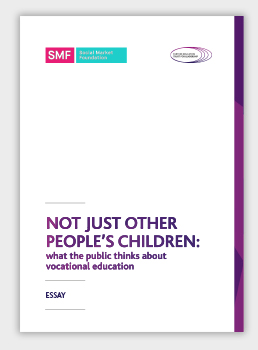

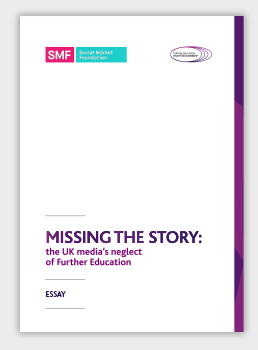

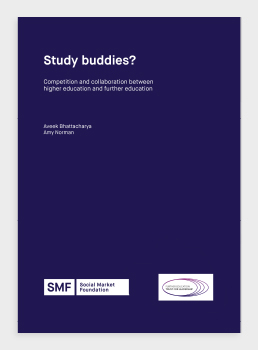



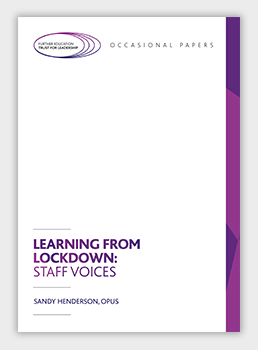











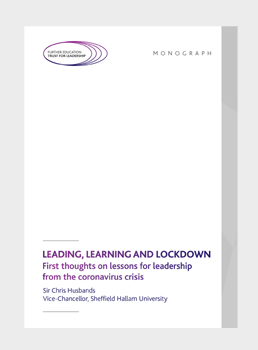

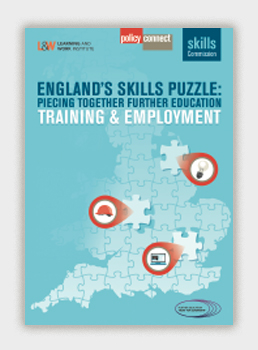
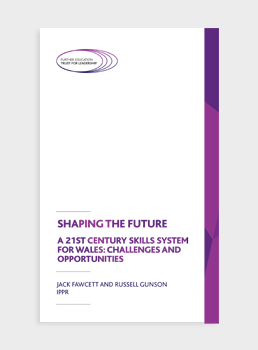

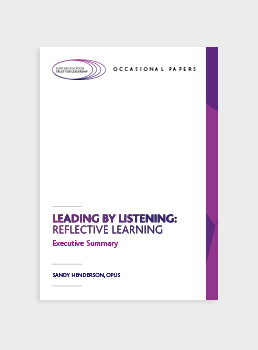




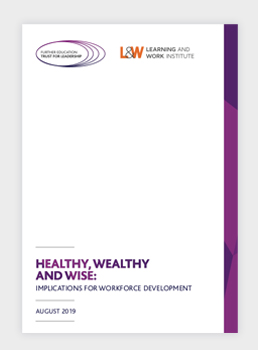






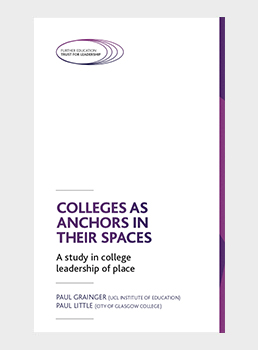
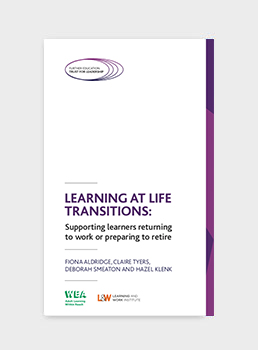
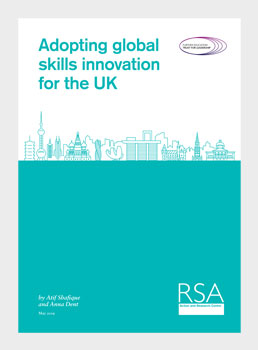


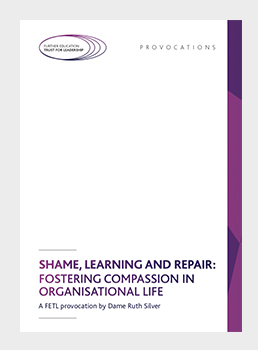
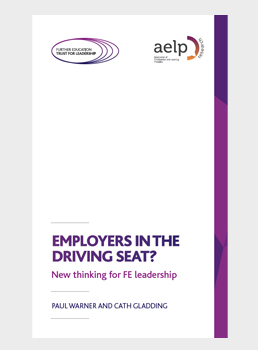


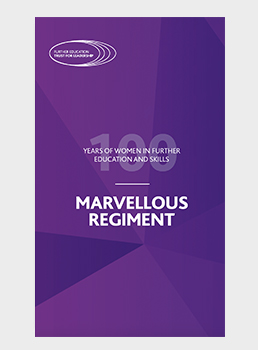

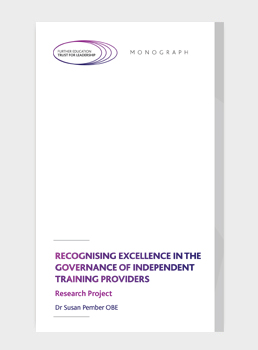


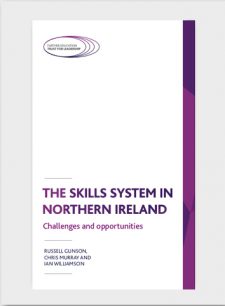












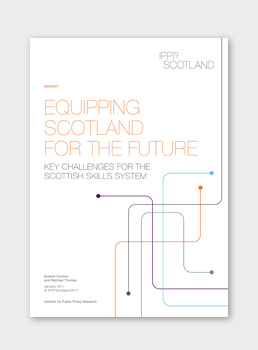



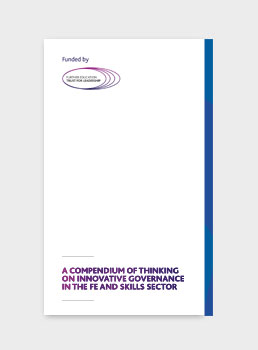



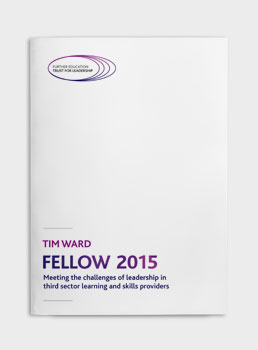
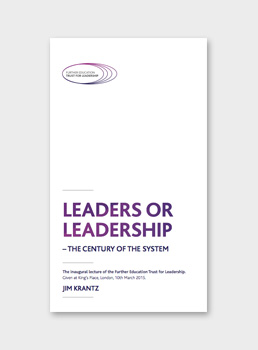



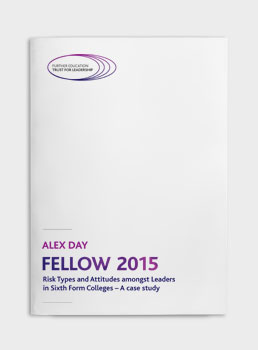
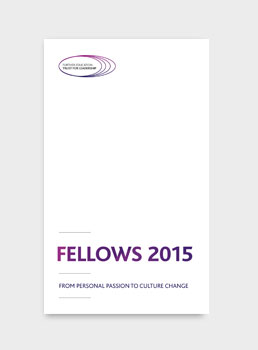
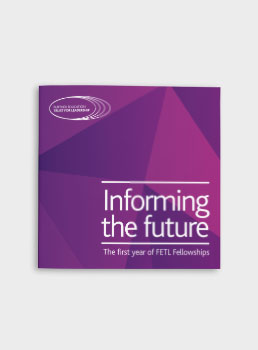


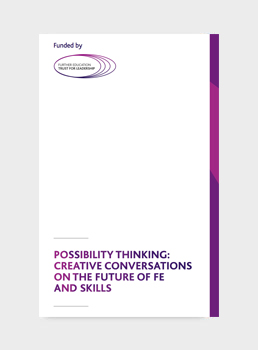
I’m writing on this topic these days, slotsite, but I have stopped writing because there is no reference material. Then I accidentally found your article. I can refer to a variety of materials, so I think the work I was preparing will work! Thank you for your efforts.
I noticed that your fetl.org.uk website might be missing out on approximately a thousand visitors daily. Our AI powered traffic system is tailored to enhance your site’s visibility: https://cutt.ly/3ehQFP9d
We’re offering a free trial that includes 4,000 targeted visitors to show the potential benefits. After the trial, we can supply up to a quarter million targeted visitors per month. This opportunity could greatly increase your website’s reach and visitors.
I noticed that your fetl.org.uk website may be missing out on approximately a thousand visitors daily. Our AI powered traffic system is tailored to boost your site’s visibility: https://ln.run/_s3yp
We’re offering a free trial that includes 4,000 targeted visitors to show the potential benefits. After the trial, we can supply up to 250,000 targeted visitors per month. This service could greatly amplify your website’s reach and traffic.